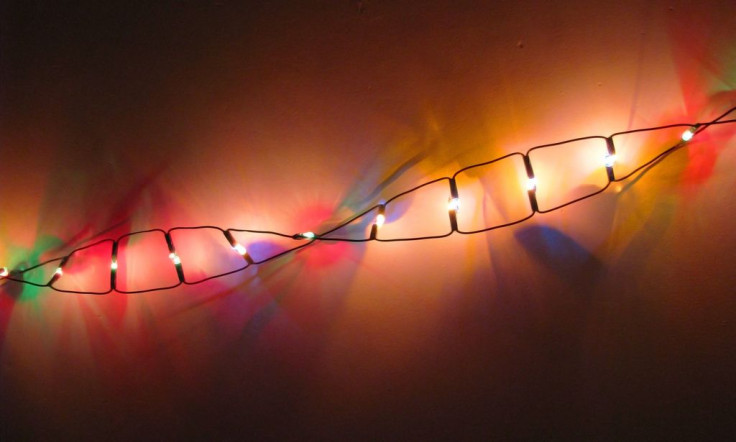Social Media Can Connect Those Suffering From Rare Genetic Disorders To Researchers Willing To Help

Each day we are finding new ways to use the unlimited connections and communication forums social media presents us, and this goes beyond sharing Kim Kardashian’s latest selfie. Researchers from Baylor College of Medicine, along with parent Bo Bigelow, are finding that social media could be a tool to help uncover the mysteries of rare genetic diseases, publicize the disease for potential research, and find other people out there who are suffering through something similar.
When Bo Bigelow discovered that his daughter had a rare genetic mutation affecting her USP7 gene, he took to the Internet to share her experience.
“Help us find others like Tess,” the Portland-based father wrote in his blog, hoping someone would reach out to him to shed some light on this unknown disease.
Tess’s mutation has caused her to experience global developmental delay, hip dysplasia, and vision problems originating in the brain. Bigelow knew that Tess’s problem came from the faulty gene but not much else, and he wasn’t alone. The disease has not been studied extensively by doctors — something Bigelow hopes to change. After reading an article in The New Yorker by Seth Mnookin, detailing how social media could help find other parents caring for children with conditions similar to Tess’s, he started posting to his blog in hopes of understanding the disease and maybe even sparking interest in research.
The father did not know at the time that Dr. Christian Schaaf, an assistant professor of molecular and human genetics at Baylor College of Medicine, was already researching the USP7 genetic mutation and making progress. With his colleagues, Schaaf was able to find seven children with the USP7 mutation and subsequent symptoms, while also connecting with Dr. Ryan Potts of the University of Texas, who was also exploring the genetic mutation.
For their study, published in the journal Molecular Cell, Schaaf and Potts collaborated with other researchers to discover what causes USP7 to make this change. They found that it starts with three genes — MAGEL2, TRIM27, and, of course, USP7 — and how they affect the processing of critical proteins.
“This process keeps everything in homeostasis,” Schaaf said. “It makes sure the right proteins are recycled at the right pace. We began to look at USP7 because we realized it interacts closely with MAGEL2. If you lose the protein MAGEL2, it causes Schaaf-Yang syndrome,” a disorder Schaaf and colleague Dr. Yaping Yang from Baylor discovered has similar symptoms to the USP7 mutation.
Once Schaaf’s research was sent to the journal, his lab students found Bigelow’s blog and his request to get help for his daughter suffering from the same gene mutation they had been studying. Schaaf then made the decision to contact Bigelow. As a result, Tess’s case may possibly become part of their future research.
Researchers studying genetics are finding that social media can be a very useful tool when furthering their knowledge of rare genetic conditions. In fact, this is not the first instance when social media has come in handy for medical research; in 2014, a study published in the journal Pediatrics also found that viral videos became the main source for researchers to find patients for trials regarding rare pediatric diseases. The trials recruited 84 percent of participants from social media alone.
Bigelow’s podcast, “Stronger Every Day,” represents his effort to find and contact other parents going through similar circumstances. He hopes that as he finds more people, they can make a case for even more research to be done to help their cause.
"I’ve taken the strategy of the guy in the New Yorker article," he said. "Let other people find out. It's a reverse beacon that so far has connected us with this study and Dr. Schaaf. I would love to find more people."
Bigelow also says the support you can receive has reached unprecedented heights thanks to social media networks.
"You hear the term 'rare disease,' and I'm not sure it's the best name for it," Bigelow said. "If you look at all the so-called rare diseases, it appears that there may be as many as 39 million people afflicted with them. The idea that you are alone is fading away as we connect with people."
Source: Schaaf C, Potts P, Saenz M, et al. USP7 Acts as a molecular Rheostat to promote WASH-Dependent Endosomal Protein Recycling and Is Mutated in a Human Neurodevelopmental disorder. Molecular Cell. 2015.
Published by Medicaldaily.com



























